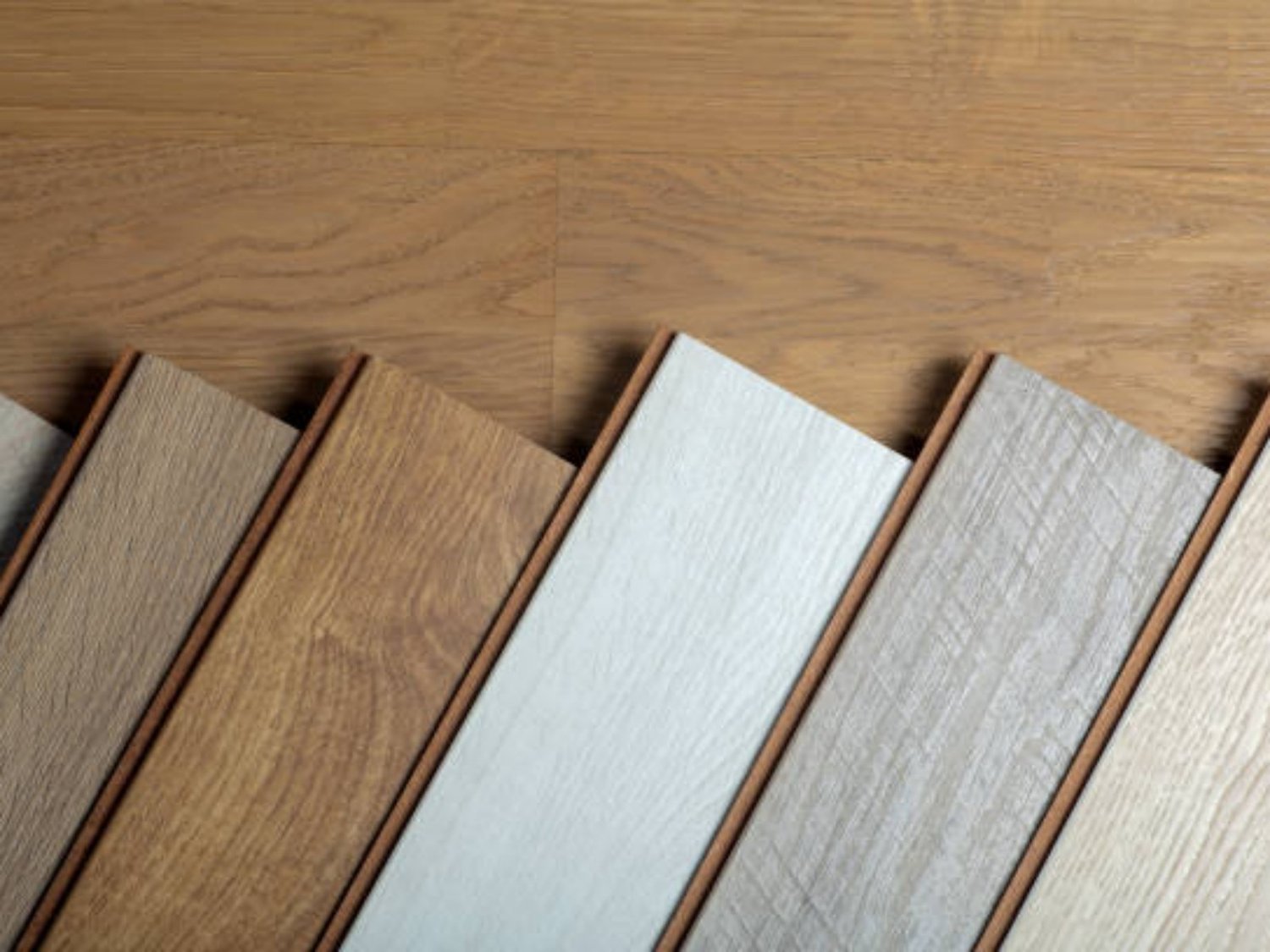wood plastic composite flooring: The Ultimate Guide
Discover the Advantages, Installation Process, and Maintenance Tips for Wood Plastic Composite Flooring
Wood plastic composite (WPC) flooring is a versatile and innovative flooring solution that combines the best features of wood and plastic to create a durable and attractive flooring option. With its unique composition, WPC flooring offers numerous advantages over traditional hardwood flooring. In this ultimate guide, we will explore the many aspects of wood plastic composite flooring, including its advantages, installation process, and maintenance tips.
Advantages of Wood Plastic Composite Flooring
Wood plastic composite flooring offers several key advantages that make it an excellent choice for both residential and commercial applications. Here are some of the main advantages of WPC flooring:
1. Durable Flooring Option: Wood plastic composite flooring is highly durable and can withstand heavy foot traffic without showing signs of wear and tear. It is an ideal choice for high-traffic areas such as hallways, kitchens, and living rooms.
2. Water-Resistant: Unlike traditional hardwood flooring, WPC flooring is water-resistant. This makes it suitable for installation in areas prone to moisture, such as bathrooms, basements, and laundry rooms.
3. Easy to Maintain: WPC flooring is incredibly easy to maintain. It can be cleaned using a regular broom or vacuum cleaner, and occasional mopping with a mild detergent is usually sufficient to keep it looking clean and fresh.
4. Eco-Friendly: Wood plastic composite flooring is made from recycled materials, including wood fibers and recycled plastic. By choosing WPC flooring, you are contributing to the reduction of waste and the preservation of natural resources.
5. Cost-Effective: WPC flooring offers excellent value for money. It is generally more affordable than hardwood flooring, making it a budget-friendly option for those who want the look and feel of wood without the high price tag.
Installation Process of Wood Plastic Composite Flooring
Installing wood plastic composite flooring is a relatively straightforward process that can be completed by homeowners with basic DIY skills. Here is a step-by-step guide to help you with the installation:
1. Preparation: Start by preparing the room where you plan to install the WPC flooring. Remove any existing flooring, clean the subfloor thoroughly, and ensure it is smooth and level.
2. Acclimation: Allow the WPC flooring planks to acclimate to the room's temperature and humidity for at least 48 hours before installation. This will prevent any issues with expansion or contraction after installation.
3. Subfloor: Ensure the subfloor is clean, dry, and free from any debris. If necessary, repair any imperfections or uneven areas to create a smooth surface for the WPC flooring.
4. Underlayment: Install a suitable underlayment, such as foam or cork, to provide cushioning and reduce noise transmission. Follow the manufacturer's instructions for proper installation.
5. Laying the Planks: Start laying the WPC flooring planks from one corner of the room, working towards the opposite wall. Use spacers to maintain a uniform gap between the planks and ensure a proper fit.
6. Finishing Touches: Once all the planks are installed, trim any excess material and install the necessary transition pieces, such as thresholds or baseboards, to give the flooring a polished and finished look.
Maintenance Tips for Wood Plastic Composite Flooring
Proper maintenance is essential to keep your wood plastic composite flooring looking its best and prolong its lifespan. Here are some maintenance tips to help you care for your WPC flooring:
1. Regular Cleaning: Sweep or vacuum your WPC flooring regularly to remove dirt, dust, and debris. For deeper cleaning, use a damp mop or sponge with a mild detergent. Avoid using abrasive cleaners that can damage the surface.
2. Preventing Scratches: Place felt pads or furniture glides under heavy furniture to prevent scratches and indentations on the WPC flooring. Use protective mats or rugs in high-traffic areas to minimize wear and tear.
3. Avoiding Excessive Moisture: While WPC flooring is water-resistant, it is still important to clean up any spills or liquid immediately to prevent moisture from seeping into the joints or under the planks. Use a dry cloth or mop to absorb the liquid.
4. Protecting from Direct Sunlight: Prolonged exposure to direct sunlight can cause fading and discoloration of the WPC flooring. Use curtains, blinds, or window films to block out excessive sunlight and protect your flooring.
5. Professional Maintenance: Consider hiring a professional floor maintenance company for occasional deep cleaning and maintenance. They have the expertise and specialized equipment to keep your WPC flooring in optimal condition.
Wood plastic composite flooring offers a wide range of benefits, from its durability and water-resistance to its eco-friendly nature and cost-effectiveness. By following the proper installation process and implementing regular maintenance techniques, you can enjoy the beauty and functionality of WPC flooring for many years to come.

